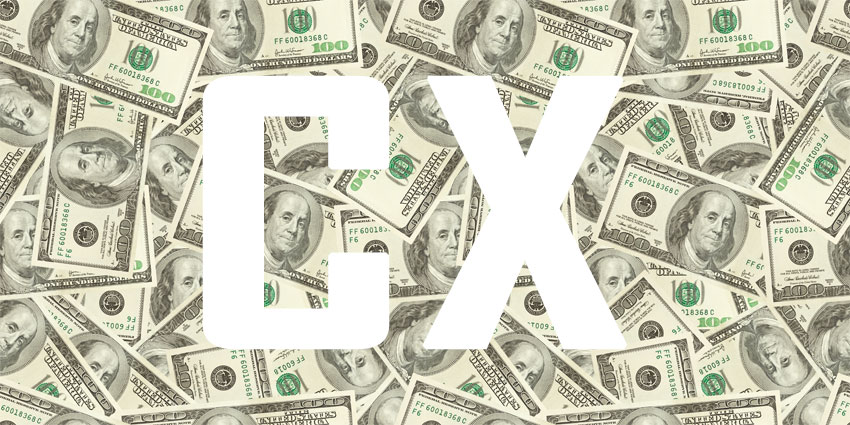Global spending on customer experience technologies is continuing to rise. According to the inaugural Customer Experience Spending Guide from IDC, the value of CX technologies will reach $508 billion by the end of 2019, an increase of 2.9% from 2018. What’s more, as businesses continue to concentrate on meeting the rising expectations of today’s customers, IDC believes that CX spending will reach a CAGR of 8.2% over the period up to 2022. This means that the industry will be worth $641 billion by 2022.
IDC refers to CX as a functional strategy that actively encompasses business processes, services, technologies and strategies to deliver better experiences to customers, and differentiate companies from their competitors. According to the research manager of Customer Insights and Analysis, Craig Simpson, customer experience is now the key differentiator for businesses around the world. New technologies like data analytics and AI are at the forefront of the drive for differentiation as businesses struggle to upgrade their customer experience initiatives.
What’s Driving the Demand for CX Solutions?
IDC’s report found that CX spending will be distributed across around 16 different use cases, however, the use case that will see the most spending this year is likely to be customer care and support, followed by interaction management and order fulfilment. According to Mike Davies, the VP of Business Partners at Quadient,
“Businesses are increasingly being punished for poor customer experience“
On one hand, regulators are putting more pressure on companies. Recently, Ofgem banned two providers from taking on additional clients after they delivered ineffective experiences to their existing customers. GDPR fines also have the potential to raise serious concerns among brands, with penalties being handed out already to companies that don’t handle data correctly.
At the same time, customers are turning their backs on the companies that fail to meet their expectations, Davies notes that it’s “easier than ever for them to do so thanks to regulators’ efforts to make switching easier across industries such as banking and utilities.”
As companies continue to strive for better all-around experiences to give their customers, new investment opportunities are appearing in the form of disruptive technology. IDC believe that the use cases that will see the fastest spending growth up to 2022 will include interaction management, ubiquitous commerce, and AI-driven engagement.
Finding Proactive Solutions to Customer Problems
IDC’s report indicates that services will be the biggest spending area for CX throughout 2019, equating for about $220 billion in investment. Software measures in as another significant area for CX technology spending, driven by CRM and content applications. Mike Davies believe that the focus of any spending strategy for CX going forward, should be on making sure that customer problems can be resolved as quickly and efficiently as possible. This means that organisations need to invest more into “proactivity.”
Davies believes that customers now expect service providers to make sure that they get the right information in the right format, at the right time:
“As an example, when a water company identifies a burst pipe, it could post a targeted update alert straight to customer phones and apps”
The same company could also send alerts to local customers through social media to ensure that everyone is aware of the issue as soon as possible.
Davies believes that providing this kind of proactive service will ensure that organisations can deliver genuine value to their customers, which will prove crucial in today’s commoditised markets, and make customers more likely to maintain their loyalty in the long-term.







